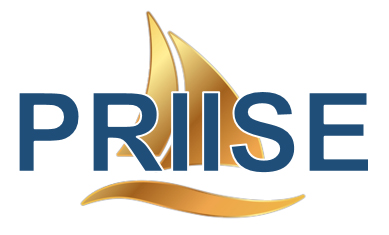
By Derek T. Dangerfield II, PhD
Over the past decade, HIV prevention science has made notable progress—particularly in expanding awareness and access to pre-exposure prophylaxis (PrEP). Among the most promising strategies to emerge has been the use of peer change agents (PCAs), trusted individuals from within affected communities who help promote PrEP and improve healthcare engagement.
But this season, as budget negotiations slash funding for HIV-related programs and services, this promising strategy is at risk—just as its value is beginning to be fully realized.
Peer Change Agents Are Not Standard Outreach
Although the PCA model resembles community health worker (CHW) approaches, it is fundamentally different in premise, structure, and implementation. For example, CHW are often integrated into healthcare institutions and funded through formalized programs, while PCAs remain largely outside the standard of care. They often arise organically through social networks—friends, partners, or community members who are embedded in the lives and experiences of those they support. Moreover, CHW personnel may not necessarily be members of the target population in U.S. healthcare contexts. This proximity gives them a unique edge. Because they are not seen as “professionals” in the traditional sense, they can often reach individuals who might distrust or feel alienated by the medical system. They build rapport where institutions have historically failed, particularly in Black, Brown, queer, and trans communities.
I discuss the significance of the differences of these approaches in greater detail in my new handbook now available online and in hardcopy by Springer.
Studies have shown that PCAs can reduce stigma, connect people to lifesaving care, and improve medication adherence. In many cases, they serve as the only bridge to health systems for people who experience stigma, distrust the healthcare system, or hold inaccurate health beliefs. I led an NIH-sponsored pilot study called POSSIBLE that showed that a PCA could significant improve HIV risk perceptions quickly for Black gay men, which is significant because accurate risk perceptions are needed to get people to buy into PrEP. Most of those individuals were willing to accept a referral for PrEP after just one session. This is important because effective interventions are still needed to reduce HIV incidence for Black gay and bisexual men given CDC-supported evidence that no progress has been made in the last decade to reduce the differences in incidence between this group and others. We still need targeted efforts to effectively support those who need help the most and drastically reduce HIV incidence for this group.
The Unfinished Work of Understanding “Peer-ness”
Peer-led models hold extraordinary promise across populations—but they are still underdeveloped, both in practice and in research. I and several other scientists are still in the preliminary phases of development and effectiveness.
We still have a long way to go in understanding what makes a peer intervention truly effective. What is the ideal level of closeness in a peer relationship? What language and messaging resonate most in peer-based conversations? What characteristics make someone an effective PCA? These are still open questions—and pulling back funding now would mean cutting off the opportunity to learn more.
In other words, we’re only just beginning to scratch the surface of what “peerness” actually means in the context of HIV prevention. To defund these efforts now would be to abandon an approach before we’ve even finished defining it and how to implement this in practice. And yet, the programs that support them are often the first on the chopping block when budgets tighten.
We simply cannot afford to pull back now. The need is still great, the research is still emerging, and the potential is still unfolding.
What’s Next?
If we are serious about ending the HIV epidemic, we must invest in models that work—and that means protecting and expanding peer-based initiatives. This includes not only continued funding but also developing better frameworks for evaluation, support, and integration with other health services without erasing the grassroots spirit that makes them so effective. Policymakers must be reminded that community-driven solutions are not “wasteful”; they are a necessity. Those of us in public health, advocacy, and community work must continue to lift up the stories and successes of peer change agents—before the momentum slips away.
